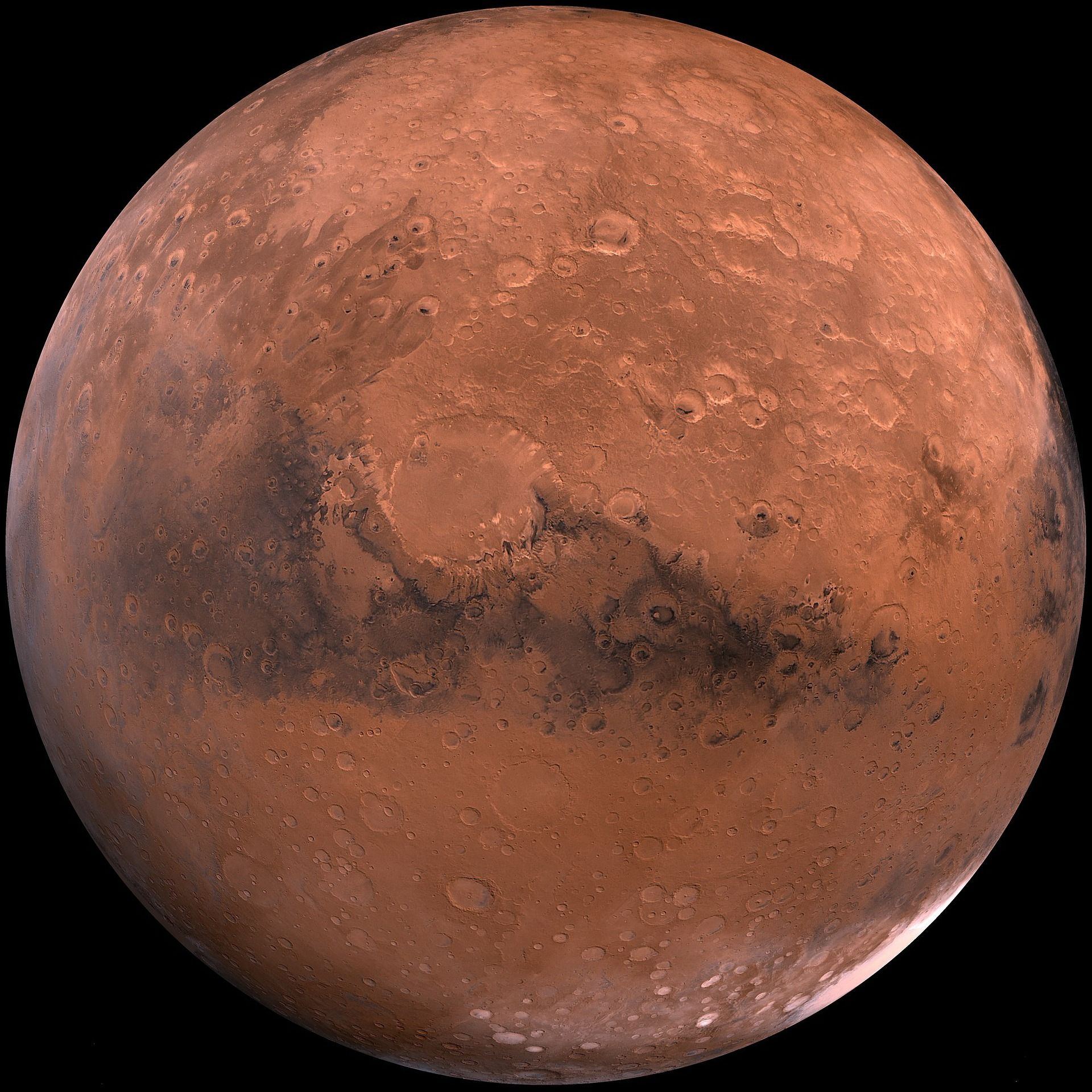Space agency NASA‘s Mars Rover, Perseverance, has collected two rock samples from the red planet, which according to a scientist discloses a potentially habitable sustained environment, reported ANI. The samples show signs that they were in contact with water for a long period of time, thus reinforcing researchers belief in ancient life on Mars.
Also Read: ‘Planet Nine’ likely exists in solar system and astronomers know where to look
“It looks like our first rocks reveal a potentially habitable sustained environment,” said Ken Farley, project scientist for the mission, in a statement Friday.
The six-wheeled Perseverence robot collected the first sample on September 6 and the other on September 8. The researchers have named the samples ‘Montdenier’ and ‘Montagnac’ respectively.
The samples were collected from Jezero Crater, the area in which the rover has been operating for quite some time now. It is in the north of the equator and home to a lake 3.5 billion years ago, when conditions on Mars were much warmer and wetter than now.
According to AFP, both the samples, which is about six centimetres long and slightly wider than a pencil in diameter has been stored in sealed tubes in the rover’s interior.
Also Read: NASA’s Curiosity rover sends panorama to mark 9 years on Mars
“An interesting thing about these rocks as well is that they show signs for sustained interaction with groundwater,” NASA geologist Katie Stack Morgan said at a press briefing.
In August, the rover had failed in collecting the sample after the rock proved too crumbly to withstand Perseverance’s drill.
As far as the composition of these samples go, the rock that provided the first samples was found to be basaltic and likely the product of lava flows, reported AFP.
Volcanic rocks contain crystalline minerals that are helpful in radiometric dating.
This in turn could help scientists build up a picture of the area’s geological history, such as when the crater formed, when the lake appeared and disappeared, and how climate changed over time.
NASA is hoping to return the samples to Earth for in-depth lab analysis in a joint mission with the European Space Agency sometime in the 2030s.







